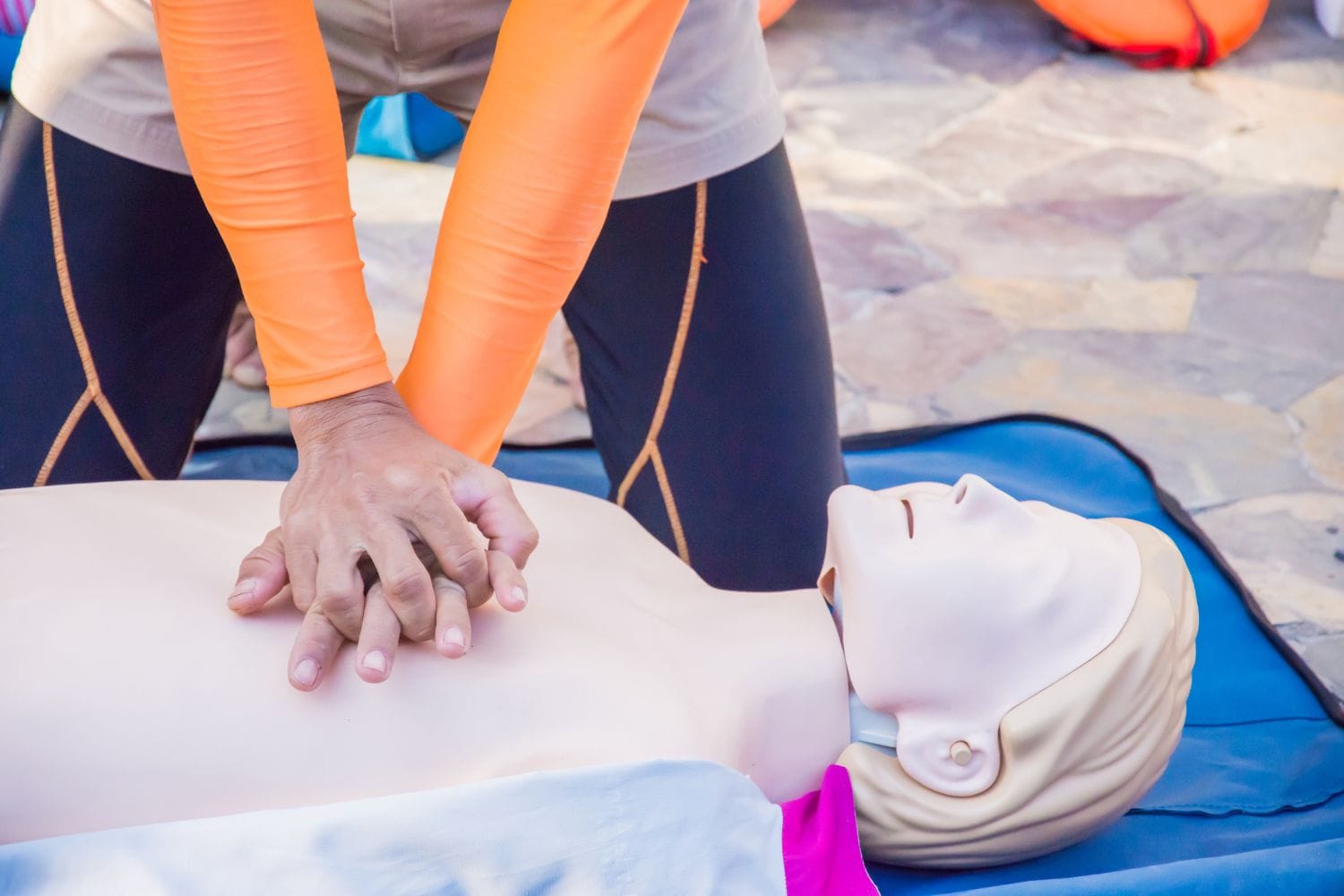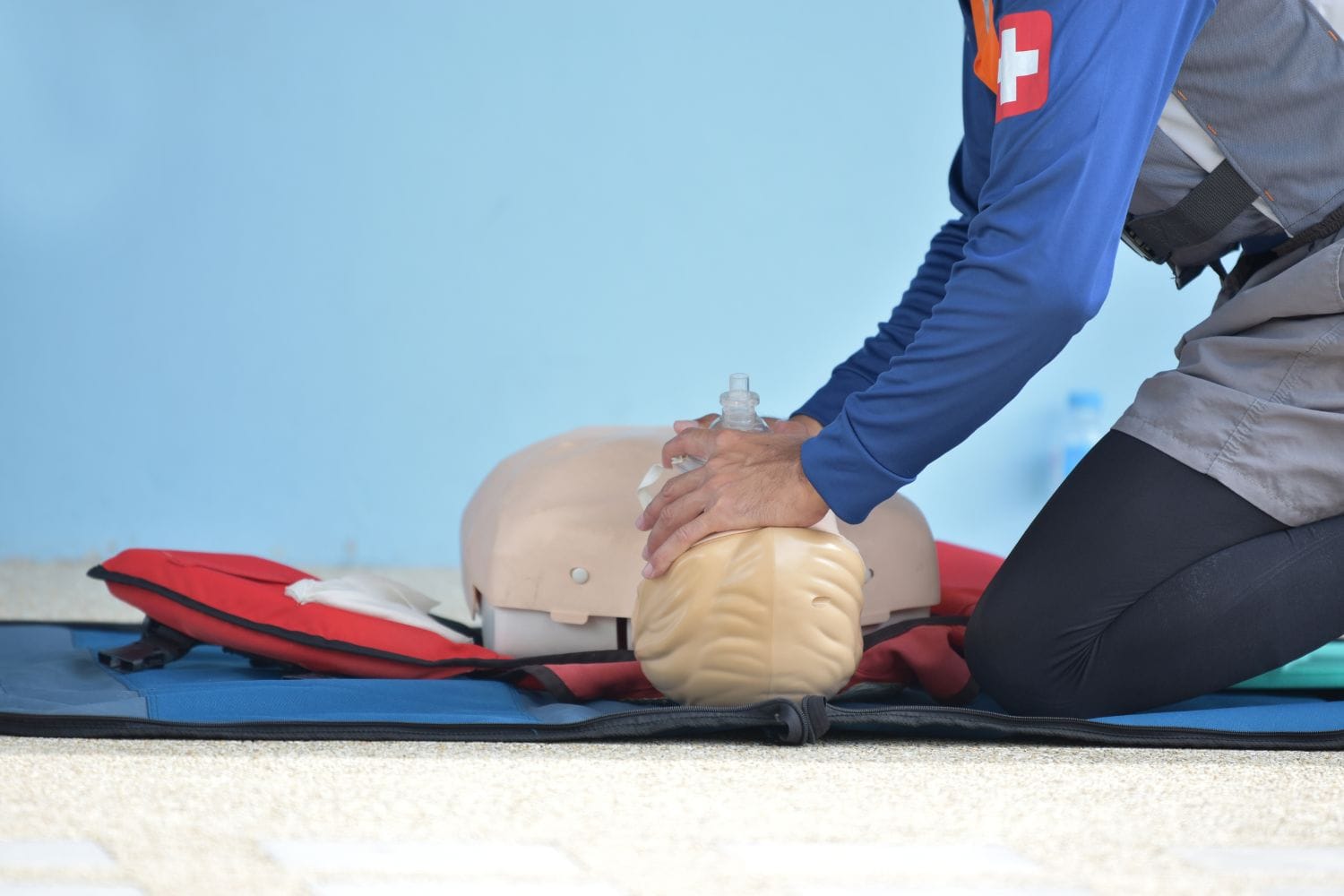A child begins choking on a piece of food in a classroom. The teacher freezes, unsure of what to do. A few seconds pass. Panic grows. Then, another staff member performs a few fast, confident motions, and the child breathes again. What made the difference wasn’t luck—it was training. Knowing how to respond properly can save a life in emergencies like this. And the knowledge doesn’t come naturally. It’s learned through preparation.
Basic Life Support (BLS) certification gives people the skills and confidence to handle real-life emergencies like cardiac arrest, choking, and sudden collapse. Whether you’re a healthcare worker or childcare provider or want to be ready when it counts, understanding what basic life support certification is—and what it includes—can make all the difference.
What Is Basic Life Support Certification?

Basic life support certification is a formal credential that shows you’ve been trained to respond to life-threatening situations. It focuses on key actions like CPR (cardiopulmonary resuscitation), using an AED (automated external defibrillator), and helping people who are choking. These skills are grounded in up-to-date medical research and guidelines.
Certification is often issued through organizations like the American Heart Association (AHA), which sets the standards for BLS training. It’s not just about checking a box. It’s about learning the right techniques to keep someone alive until advanced help arrives.
Core Skills Taught in BLS Certification
The content of an introductory life support certification course is practical, hands-on, and focused on real-life application. These are the core skills you can expect to learn:
- CPR for adults, children, and infants: The correct hand placement, compression depth, and rescue breathing techniques.
- AED use: Understanding how and when to apply an automated external defibrillator.
- Choking relief: How to perform abdominal thrusts (Heimlich maneuver) safely and effectively.
- Team-based response: Learning to work with others during emergencies, especially in clinical or group settings.
Each of these skills is essential. They’re also tailored for different age groups and situations, giving you a complete understanding of what to do in the most common emergency scenarios.
Why BLS Matters: Beyond the Classroom

Basic life support training doesn’t stop with passing a class. Its real value is in how it prepares people to act under pressure. Training gives you clarity in high-stress moments when time is short and decisions matter.
The importance of this certification goes beyond hospitals or clinics. It matters in schools, daycares, gyms, dental offices, and homes. A person trained in BLS can provide practical help before emergency responders arrive, and those early actions often mean the difference between life and death.
Who Needs BLS Certification?
BLS certification is commonly required for healthcare workers. But many other roles also benefit from—or even require—it. If you’re responsible for the well-being of others, especially children, BLS certification is an important step.
Here’s a list of people who often need basic life support training:
- Nurses, EMTs, and other clinical staff
- Childcare providers and preschool teachers
- Coaches and athletic trainers
- Dental and medical office staff
- Security personnel and first responders
Even if your job doesn’t require it, being certified gives you a valuable skill set you can carry anywhere.
What to Expect in BLS Certification Classes

If you’re planning to get certified, knowing what’s involved helps. BLS certification classes are straightforward, and most are designed to be completed in just a few hours. Depending on the provider, courses may be offered in person, online, or in a blended format (part online, part in person).
Here’s what you can expect:
- Interactive lessons usually include video demonstrations, practice scenarios, and quizzes.
- Hands-on practice: Under instructor guidance, you’ll practice CPR and AED use on mannequins.
- Final evaluation: You must show that you can perform the required skills correctly to pass the course.
Many courses also include training on how to communicate during emergencies and how to work in teams. Once certified, you’ll typically need to renew your credential every two years to keep your skills current.
Nutrition and Early Development: A Surprising Connection
In childcare, emergencies don’t always look dramatic. Something as simple as a snack can quickly become life-threatening if a child chokes or has an allergic reaction. That’s why BLS training is so important for those who care for young children.
Basic life support certification equips providers to handle these moments with care and confidence. But safety doesn’t stop at emergency response. Promoting proper nutrition and supervising meals can help prevent some of these emergencies before they happen.
For early childhood providers, being prepared means encouraging healthy habits and knowing how to respond if something goes wrong.
The Power of Being Prepared
Basic life support certification means more than having a card in your wallet. It means you’re ready. You’re prepared to protect life when it matters most. Whether you’re a childcare worker, a nurse, or a concerned parent, these skills are not just helpful—they’re essential.
If you’re ready to learn how to act in those critical moments, we invite you to take the next step with us. At CPR Education, we offer certified, hands-on BLS training that meets current standards and prepares you for real emergencies.

